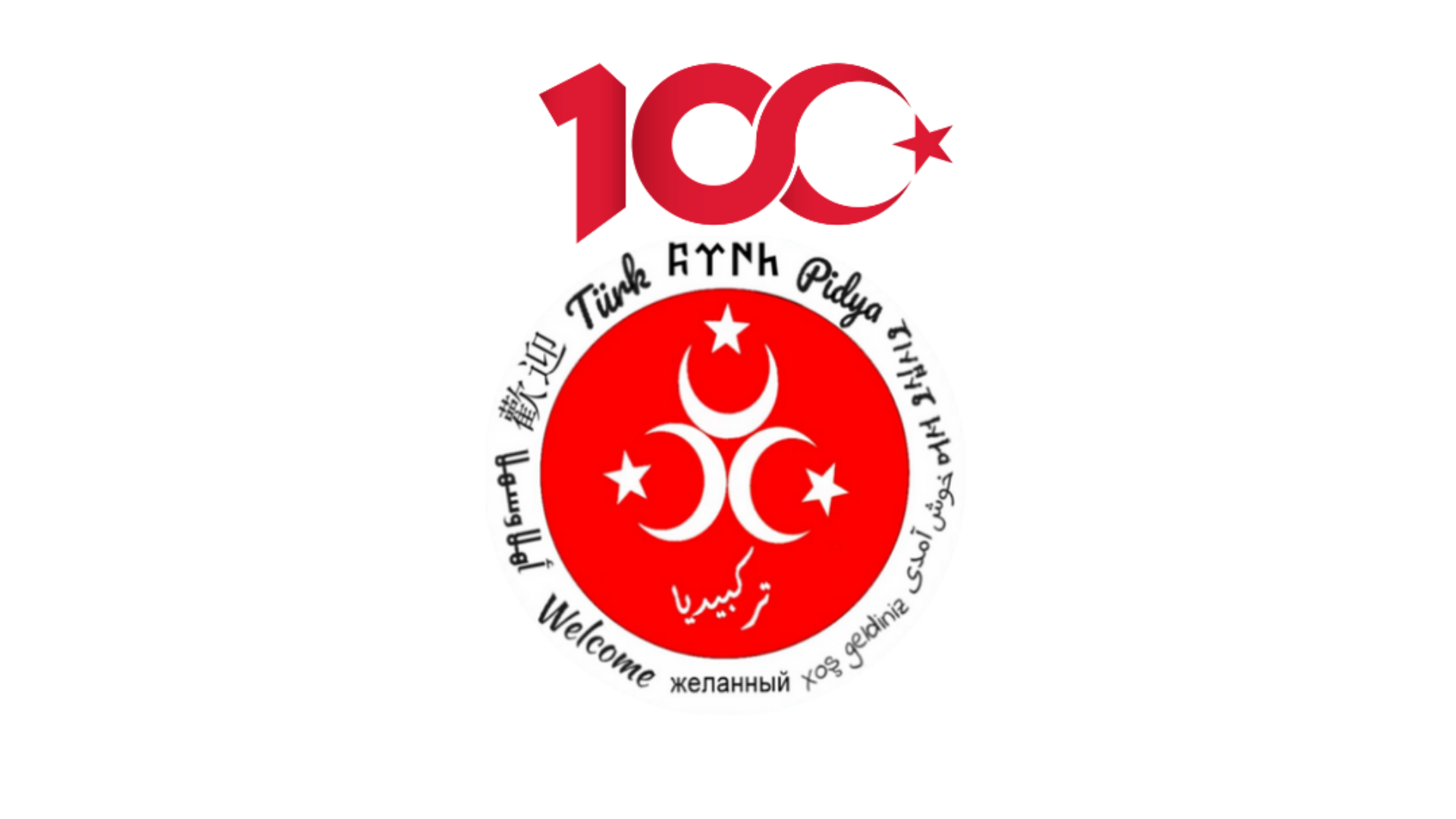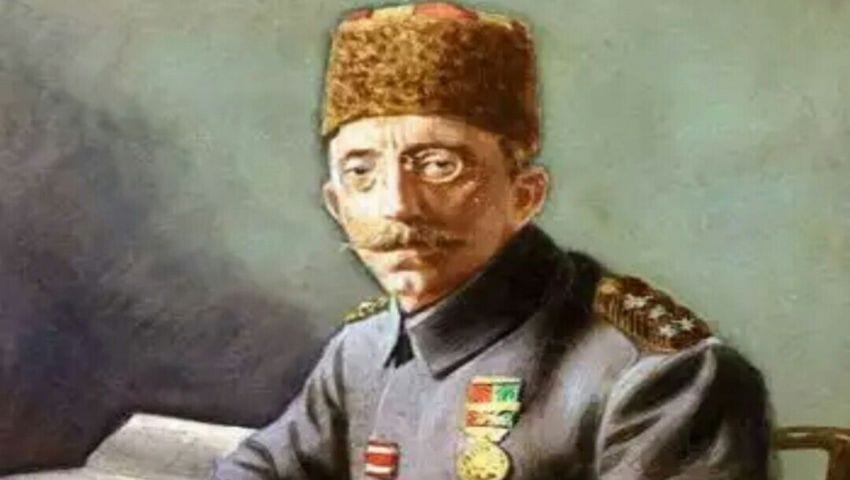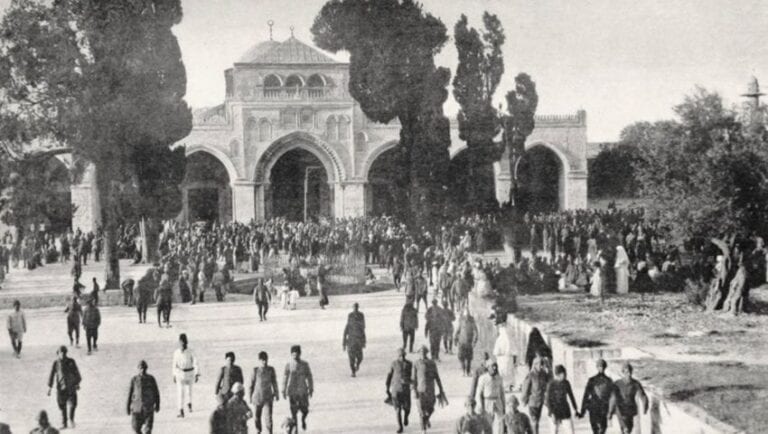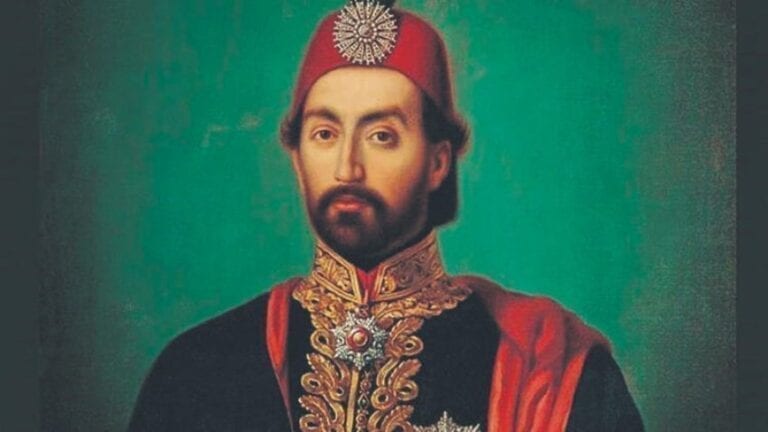Table of Contents
Ottoman Sultan Mehmed VI, known as Sultan Vahdettin, was the last ruler of the Ottoman Empire to exercise both the sultanate and the caliphate at the same time.
He was the last de facto Ottoman sultan to rule from Istanbul. After the abolition of the sultanate, his cousin Abdülmecid Efendi served only as caliph for a short period, until the caliphate itself was abolished.
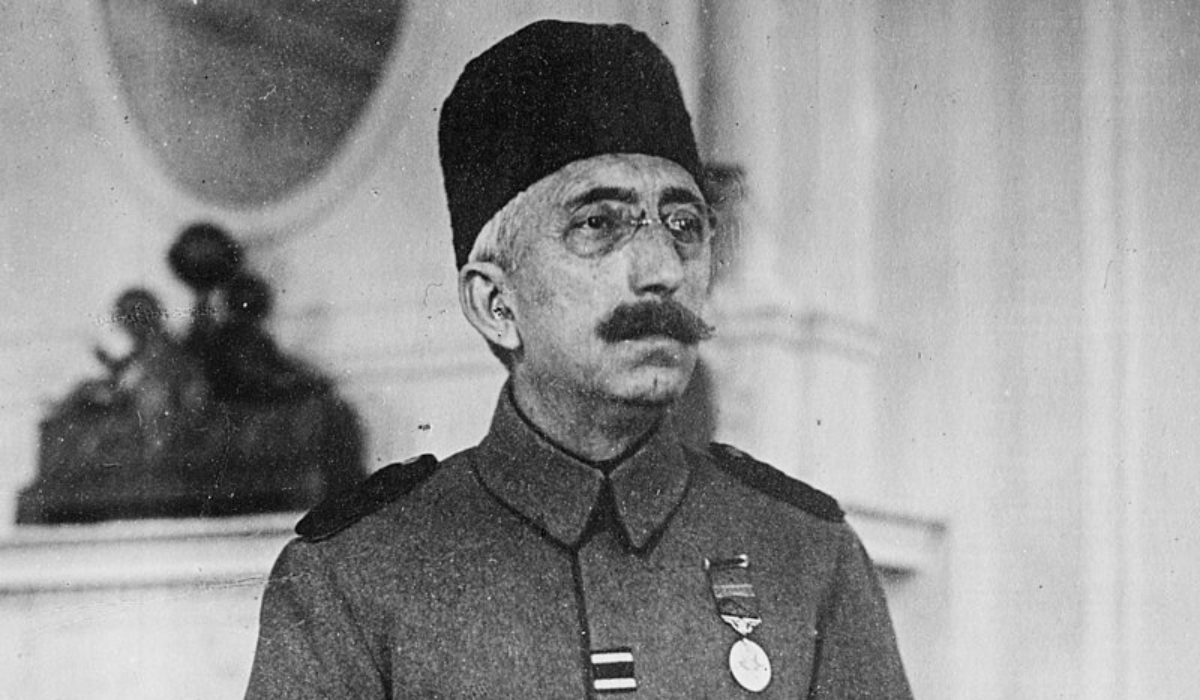
Lineage and Family of Sultan Vahdettin
Mehmed VI’s place in the Ottoman dynasty is traced through a long line of sultans and princes reaching back to the dynasty’s founder:
Son of Ertuğrul, son of Osman, son of Orhan Gazi, son of Murad I, son of Bayezit I, Murad’s son, Mehmed Çelebi’s son, Fatih Sultan Mehmed’s son, Bayezit II’s son, Sultan Süleyman II’s son, Selim I’s son, Selim III’s son, Murad III’s son, Mehmed I’s son, Ahmed IV’s son, Ibrahim’s son, Mehmed III’s son, Abdulhamid II’s son Ahmed’s son, and finally Vahdettin, son of Abdülmecid, son of Mahmud.
This traditional dynastic genealogy underlines that Mehmed VI was a direct descendant of the early Ottoman rulers, beginning with Osman I, the founder of the empire whose story you can explore in more detail in our article on Osman I.
Sultan Vahdettin married several times during his life. His wives were:
- Nazikeda Hanım (He had three daughters with her.)
- Inşirah Hanım
- Müveddet Hanım (Mother of Prince Ertuğrul.)
- Nevvare Hanım
- Nevzad Hanım
Sultan Vahdettin’s Life Before Ascending the Throne
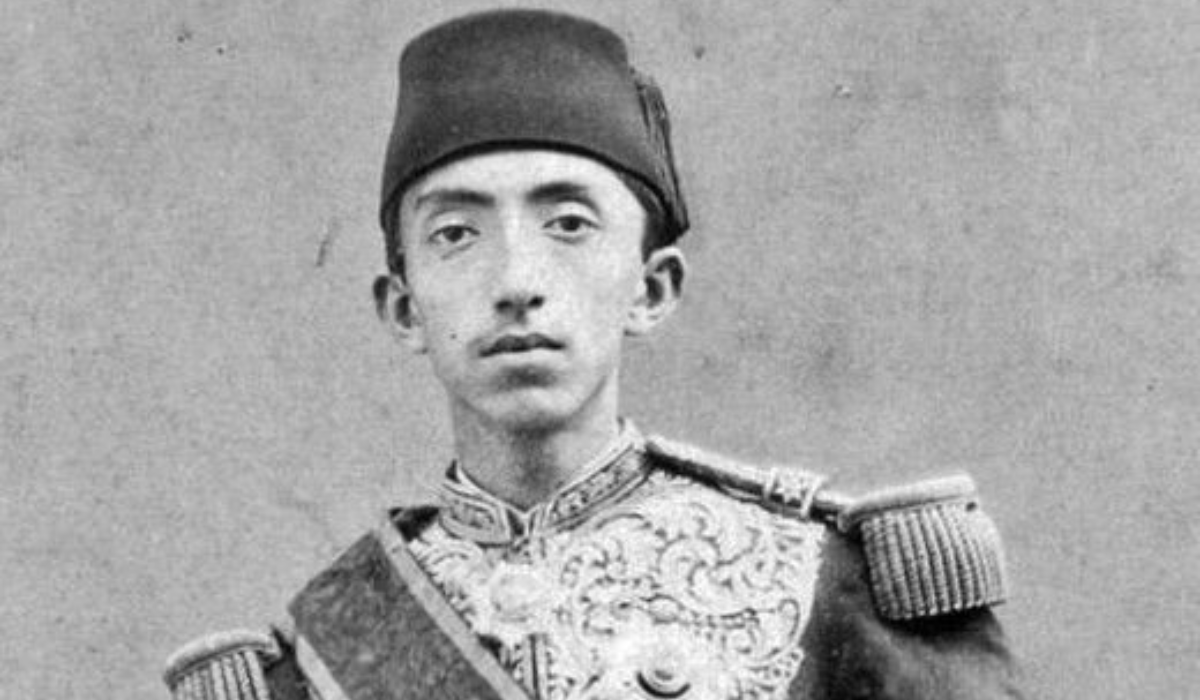
Sultan Vahdettin was born in Dolmabahçe Palace in Istanbul on January 14, 1861. His father died when Mehmed was only five months old, leaving him fatherless at a very early age.
His mother passed away when he was just four years old, so he was raised by his stepmother, Şayeste Hanım, within the strict yet cultured atmosphere of the imperial palace.
Dolmabahçe Palace, his birthplace, remains (as of 2025) one of Istanbul’s most important cultural and historical landmarks, welcoming visitors as a museum that showcases the last phase of Ottoman imperial life.
Education of Sultan Vahdettin
While still a student, Mehmed secretly attended madrasah lessons with his friends and also studied with private tutors. The religious education he received later gave him the ability to examine complex religious questions brought before him when he became sultan and caliph.
Mehmed took courses in Islamic Sharia, Qur’anic exegesis (tafsir) and hadith, as well as Arabic and Persian. This education placed him firmly within the classical intellectual tradition of the Ottoman ulema and the Ottoman school system.
As a young prince, Mehmed became a disciple in a Naqshbandi Sufi lodge and showed an interest in Sufism during his youth. Alongside his religious studies, he had wide cultural interests, including the arts, and took numerous private lessons while reading extensively.
He was especially interested in literature, calligraphy and music. He was an accomplished calligrapher and left behind many compositions.
Years of Sultan Vahdettin’s Reign

Mehmed VI came to the throne on July 3, 1918, after the death of his brother Sultan Mehmed Reşad (Mehmed V), at a time when the Ottoman Empire was on the brink of defeat in the First World War.
His primary concern as sultan was to bring the empire out of the war with the least possible losses after the enormous damage and human cost it had already suffered.
Shortly after Vahdettin ascended the throne, the Armistice of Mudros was signed. Under the terms of this armistice, Allied forces were allowed to enter Istanbul and to control key fortresses, the Dardanelles and the Bosphorus.
The Committee of Union and Progress (CUP), which had effectively controlled the state during much of the war, had suffered heavy losses on most fronts. By the time Vahdettin came to power, the Ottoman Empire had already lost many of its territories.
As a result of the Armistice of Mudros, the Ottoman army was demobilized, and all ports, railways and other strategic points were taken over by the Allied Powers. In the Caucasus, the Ottomans were forced to retreat to their pre-war borders as a consequence of the fighting with the Russian Empire.
The National Struggle and Mehmed VI
After the empire’s surrender and the signing of the Armistice of Mudros, the sultan appointed Mustafa Kemal Pasha as Inspector of the 9th Army and sent him to Eastern Anatolia. Officially, Mustafa Kemal’s mission was to protect non-Muslims and to ensure that the conditions imposed by the Allied powers were implemented in the region.
Some historical sources argue that the sultan sought to suppress the emerging national resistance movements and portray him as betraying the nation. According to this view, the Istanbul government collaborated with the occupying powers against the Anatolian resistance.
Other sources, however, emphasize that, as Mustafa Kemal Atatürk later suggested in a press statement, the sultan called Mustafa Kemal to the palace before his departure and said to him:
“You have served the state many times so far, Pasha, you can save the country!”
Mustafa Kemal Pasha’s departure to Anatolia became the turning point that led to the start of the Turkish War of Independence. In Ankara he would later be known as Mustafa Kemal Atatürk, the founding leader of the new Turkish Republic.

In response to the irregular nationalist forces known as the Kuva-yi Milliye, the Istanbul government, on the orders of the sultan, formed a rival force called the Kuvâ-i İnzibâtiyye under the command of Süleyman Şefik Pasha.
According to some interpretations, the sultan secretly sympathized with the Kuva-yi Milliye and formed the Kuvâ-i İnzibâtiyye mainly to placate the Allies or to gain time. Others see this step as clear evidence of his opposition to the national struggle.
A new government was established in Ankara on April 23, 1920, under the chairmanship of Mustafa Kemal. The Grand National Assembly of Turkey announced that it did not recognize Sultan Vahdettin or the government of Süleyman Şefik Pasha and adopted a provisional constitution to legitimize its own authority.
In 1920, the Istanbul government ratified the Treaty of Sèvres, which divided Anatolia and the remaining Ottoman territories in a highly unjust way. The Ankara government rejected this treaty outright and continued the War of Independence.
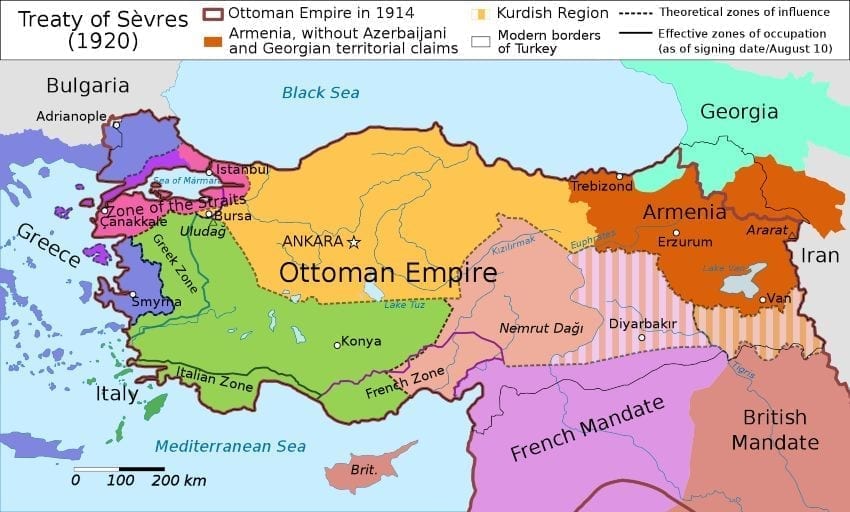
The struggle between the Istanbul government and the Ankara government marked the final phase of the centuries-old Ottoman state, which at its height had ruled vast territories stretching from the Balkans to regions such as Ottoman Egypt and Ottoman Jerusalem.
Sultan Vahdettin’s Exile
The Grand National Assembly in Ankara formally abolished the sultanate on November 1, 1922. From that moment on, Mehmed VI was no longer recognized as sultan by the new Turkish leadership.
On November 17, 1922, fearing for his safety, the sultan left Istanbul aboard a British warship bound for Malta and then continued on to the Italian Riviera.
On November 19, 1922, just two days after his departure, his cousin Abdülmecid Efendi was elected caliph and head of the Ottoman family. Because the sultanate had been abolished, Abdülmecid was elected solely as caliph. The last caliph–sultan of the Ottoman Empire therefore remained Mehmed VI Vahdettin.
Mehmed VI protested the election of his cousin as caliph and publicly declared that he had not renounced the Islamic caliphate or his legitimate right to rule.
Death of the Last Ottoman Sultan
Sultan Vahdettin died on May 16, 1926, in Sanremo, Italy, where he had been living in exile. His last years were marked by financial difficulties and a sense of isolation far from Istanbul and the lands his ancestors had ruled for centuries.
His daughter Sabiha Sultan struggled to find enough money for her father’s burial. Ultimately, he was buried in Damascus, far from both his birthplace at Dolmabahçe and the imperial capital that had once been the center of a vast empire.
Today, historians continue to debate Mehmed VI’s legacy: some see him as a ruler trapped by impossible circumstances at the end of a collapsing empire, while others criticize his stance toward the national struggle that gave birth to modern Turkey.
